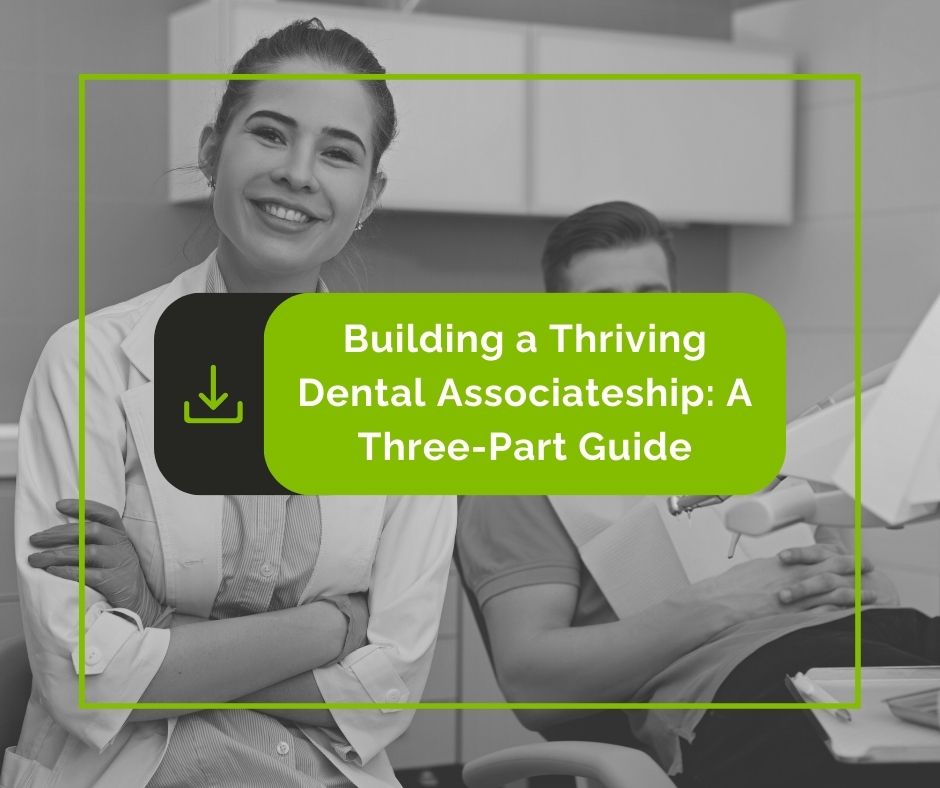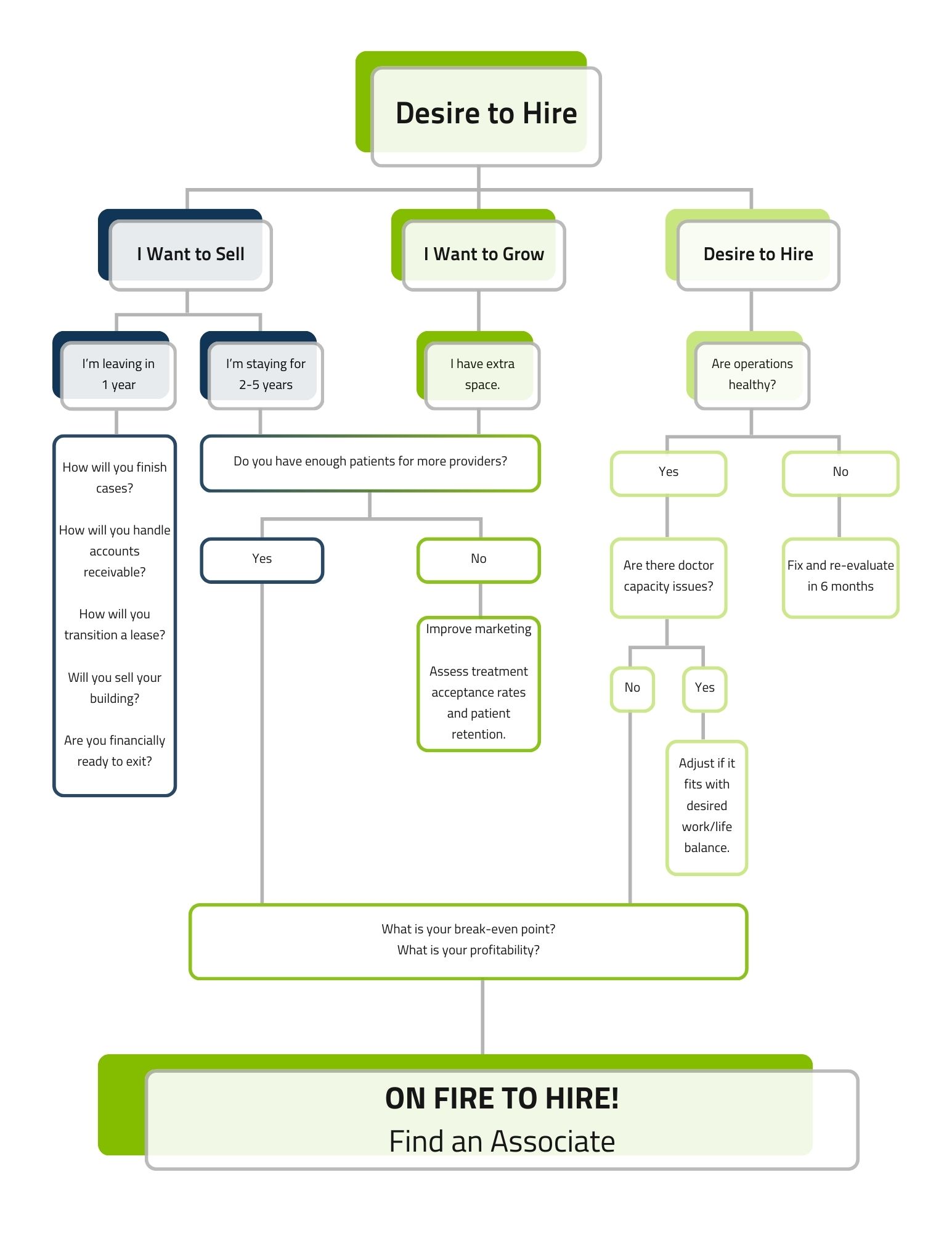Building a Thriving Dental Associateship: A Three-Part Guide

So, you’re considering adding an associate dentist to your practice. You’re not alone! Many dentists explore this path to expand capacity, grow their practice, or plan for succession. But how do you know if it’s the right decision, and how do you ensure a successful outcome?
This three-part blog series examined the critical considerations for building a thriving dental associateship.
Part 1: Reasons to Hire
We began by examining the common reasons dentists consider adding an associate. We also discussed evaluating your practice’s capacity before adding another provider. This evaluation involves both operational efficiency and the number of active patients you have. Industry experts suggest a dentist can typically manage 1,000-2,000 active patients.
Part 2: Timing Considerations
In Part 2, we explored the financial considerations of hiring an associate. Determining your practice’s profitability is a crucial first step for timing your hire. Your break-even point, the minimum revenue needed to cover your costs, is a key metric to master. Sufficient resources, including space, equipment, and staff, are also essential for a smooth transition.
Part 3: Finding the Right Associate
Part 3 focused on finding the perfect fit for your practice. We emphasized the importance of carefully crafting a job description that outlines the desired skills, experience, and personality traits, then explored the critical compensation component. Several compensation models exist, including salary, commission, or a combination. Clearly defining the associate’s compensation avoids future misunderstandings.
Next, we explored associate contracts, which are complex legal documents. We advise consulting an attorney to address all aspects of the working relationship, including compensation, benefits, termination clauses, and restrictive covenants.
When you are ready to interview, develop open-ended questions to delve into the candidate’s goals and work style. Be alert for red flags that might indicate a mismatch in expectations, and be careful to ask lawful questions.
Finally, we explored the offer and negotiation phase when the owner presents a formal employment offer. Provide a written offer outlining the job description, compensation package, and contract terms. Expect negotiation and be prepared to discuss and compromise on some terms.
Overall, careful planning is vital to a successful associateship. By evaluating your practice, developing a clear hiring strategy, and negotiating a well-defined contract, you can increase your chances of finding the right associate and building a thriving partnership.
Ready to take the next step? Consider referring to the resources provided throughout this series for additional guidance or contact us when you’re ready. We have also created a step-through graphic guide to assist you on your journey to successful associateship.

